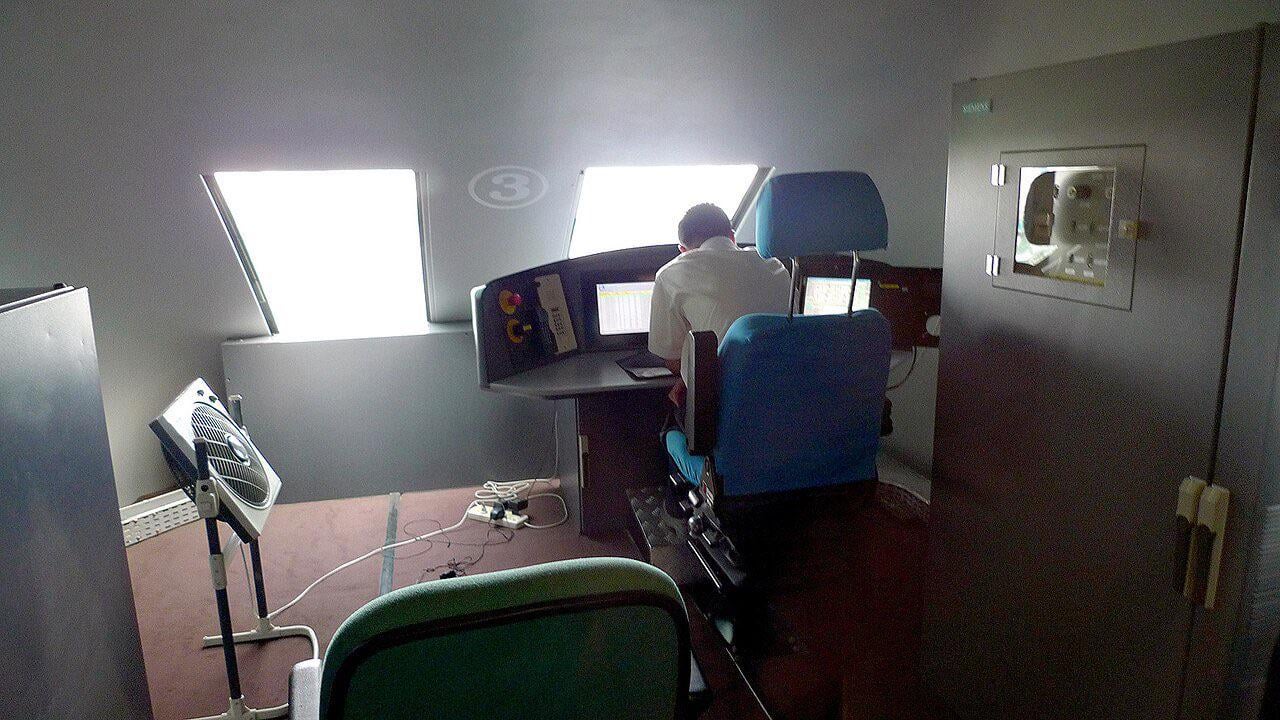December ~ Birthday Month
Celebration Month~ Favorite month
#dj#djmia#asiandj#femaledj#december#decemberbaby#capricorn#shanghai
Celebration Month~ Favorite month
#dj#djmia#asiandj#femaledj#december#decemberbaby#capricorn#shanghai
December ~ Birthday Month❤️
Celebration Month~ Favorite month ❤️
#dj#djmia#asiandj#femaledj#december#decemberbaby#capricorn#shanghai









